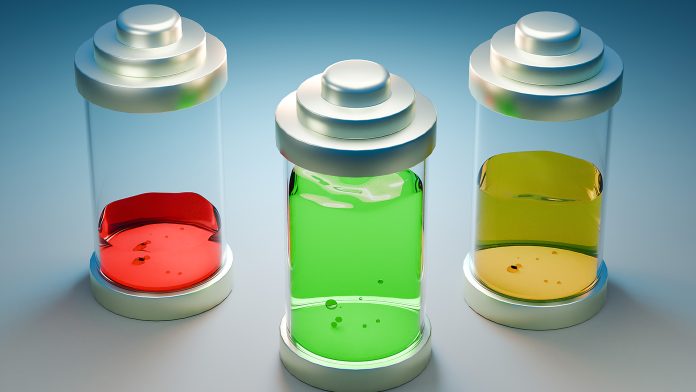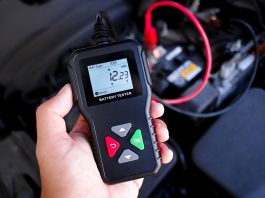A research team at Stanford University is advancing liquid battery technology for renewable energy storage.
The liquid battery technology, known as liquid organic hydrogen carriers (LOHCs), can expertly store electrical energy in liquid fuels.
This technological breakthrough could prove vital, storing renewable power for the electricity grid to accelerate the green transition.
What are liquid batteries?
Lithium-ion batteries are the commonly used technology employed to store electricity for the grid and power everyday technologies such as smartphones and electric vehicles.
Due to the growing demand for energy storage, researchers are exploring solutions that can supplement lithium-ion technology.
LOHCs emerge as promising candidates, as they can store and release hydrogen using catalysts and elevated temperatures.
In the future, LOHCs could function as a liquid battery, storing energy and efficiently returning it as usable fuel.
Research focus
The research team is exploring using isopropanol and acetone for hydrogen energy storage and release.
Isopropanol, also known as rubbing alcohol, serves as a high-density liquid hydrogen form, allowing for easy storage and transport via existing infrastructure. This form can be utilised in fuel cells or to release hydrogen without emitting CO2.
Production challenges
Producing isopropanol using electricity is currently inefficient. The typical process involves converting protons and electrons from water into hydrogen gas, which a catalyst then transforms into isopropanol.
However, hydrogen gas’ low energy density makes it less desirable. Daniel Marron, a recent Stanford PhD graduate and lead author of the study, developed a catalyst system to address this issue.
His system combines protons and electrons with acetone to produce isopropanol without generating hydrogen gas, using iridium as the catalyst.
A significant breakthrough in the research was the discovery of cobaltocene’s effectiveness as a co-catalyst.
Cobaltocene, a cobalt compound traditionally used as a reducing agent, proved to efficiently deliver protons and electrons directly to the iridium catalyst, bypassing hydrogen gas production.
Accelerating the development of LOHCs
Given cobalt’s high demand in batteries, the Stanford team aims to leverage their new insights into cobaltocene’s properties to develop alternative catalysts.
They are investigating the use of more abundant, non-precious metals like iron to create more affordable and scalable LOHC systems.
The team is confident that their liquid battery breakthrough could evolve into an effective solution for the energy storage sector or for individual solar and wind farms.









